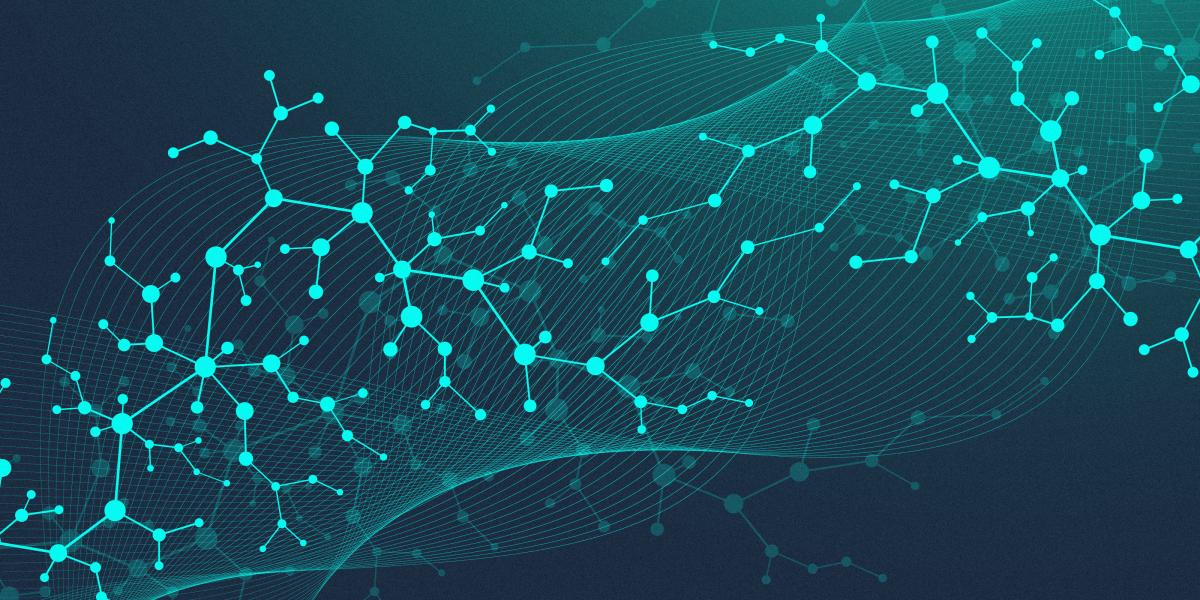Far From a Madding Crowd
Government officials expect public panic after a terrorist attack. But they should prepare for another reaction: a flood of volunteers and donations.
With the Twin Towers downed in a deafening roar just blocks away and fear rising, Diane Lapson paused in her building's lobby. Outside sirens wailed, and debris and dust smothered the streets. Lapson surveyed her group of friends planning to evacuate uptown. Each had a cat in a carrier.
Then she and a friend, Kathryn Freedman, noticed the frightened elderly tenants beside them. "I looked at Kathyrn and said, 'We can't go anywhere. We have to stay here and make sure the people are okay.' So we put all our stuff back. We put our cats back," says Lapson, a tenants' association vice president for the 5,000-resident Independence Plaza North located five blocks north of the World Trade Center.
She and her friends started helping. She got water bottles to the elderly in her building and created a list of homebound tenants, including a paralyzed woman, a paraplegic man, a blind woman, and others who would need water and food delivered. She helped coordinate tenants cooking for workers at Ground Zero, residents unloading truckloads of bottled water, and a crisis counseling center set up in an empty apartment by a psychiatrist with Red Cross training.
"On the second morning, I asked an older woman how she was. She said, 'I just took my last heart pill,'" remembers Lapson, who then realized many of the old and infirm would need prescriptions filled. A friend persuaded a drugstore owner to open his nearby store, and Lapson found volunteers to help him man the counter.
"It was pretty amazing what was going on here," recalls Lapson, 51, an administrator of a music publishing office. "I was so happy to see people do things for other people. It was a wonderful experience. Some of the people have never gone back to their own quiet lives. They've been helping ever since."
Lapson's instinct to help her neighbors didn't surprise Monica Schoch-Spana, PhD, senior fellow at the Center for Civilian Biodefense Strategies. Schoch-Spana and a team of fellow researchers went to New York after the Sept. 11 tragedies to chronicle stories like Lapson's. They wanted to document how people help each other in a disaster and the ways in which volunteers organize themselves.
Schoch-Spana had never believed the stereotypical public reaction to disaster. When government officials and public health experts prepare for large-scale terror attacks, they often envision the public reaction in disaster movie images of a panicked crowd erupting in violence, looting, and riotous barbarism that can be quelled only by National Guard troops. "That didn't ring true to me. [Panic] is not the only reaction, and certainly not the dominant reaction," Schoch-Spana says. "There is no single homogeneous public that reacts one way."
The post-Sept. 11 research done by her team revealed people helping in rescue and recovery, cooking for Ground Zero workers round the clock in shifts at a local church, and waiting for hours just to register at a volunteer center. "The volume of volunteers exceeded the capacity to organize all of them and put them to good use," Schoch-Spana says. "The point is there is a range of consequences both negative and positive [to terror attacks]. We need to prepare for both."
A Jan. 15 article in Clinical Infectious Diseases (by Thomas Glass, an assistant professor in Epidemiology, and Schoch-Spana) offered guidelines for involving the public in responding to a bioterrorist attack. Among the actions the pair recommend: The government should give timely and accurate information to the public. This strategy's importance was underscored by the federal government's initial communications about the fall anthrax attacks, which downplayed the situation and offered muddled answers to media questions.
The article also advises government officials to be prepared for a deluge of volunteers and material donations and to establish links with civic organizations. Church and community groups have the manpower and structure to distribute information and medicines and monitor outbreaks. "You can deputize civic organizations to carry out public health functions," says Schoch-Spana, adding that harnessing "people power" for biodefense will be a priority for the Center this year.
While no one knows whether the same spirit of volunteerism displayed in the World Trade Center tragedy would prevail in a large-scale bioterrorist event, Schoch-Spana says her research into the U.S. response to the 1918 flu pandemic is replete with examples of "humanitarian and beneficent" behavior. Even in October of that year, when 3,100 people died in Baltimore alone, she says, volunteers cooked food for sick families, drove nurses to appointments, and tended the sick in their homes.
"This is not to say everything will be rosy and there's no potential for fear-driven behavior that's dangerous to the individual and the group," Schoch-Spana says. "[However], human behavior is context-driven. We need to do what it takes to create an environment where people will do the right thing."
For Diane Lapson, on the morning of Sept. 11, helping others seemed the only option. "I thought if we were doing things to help other people, we were all protected somehow," Lapson says.
